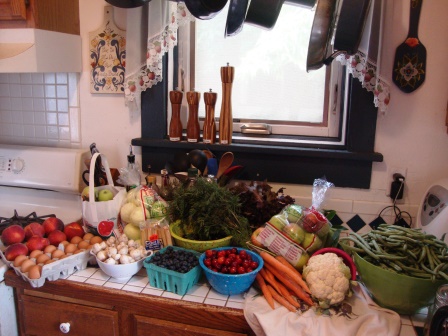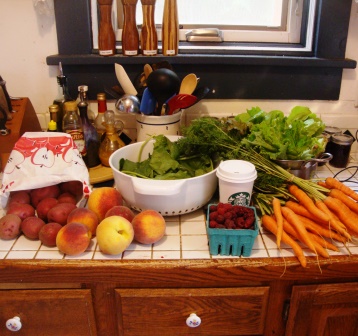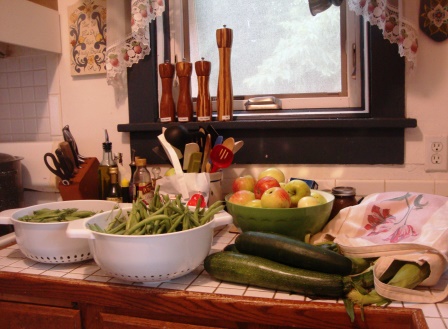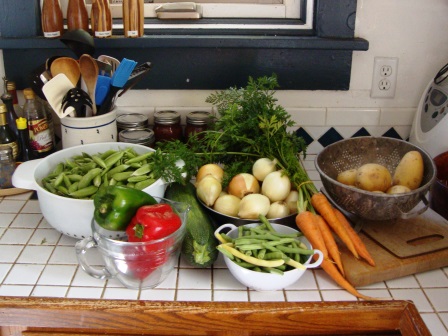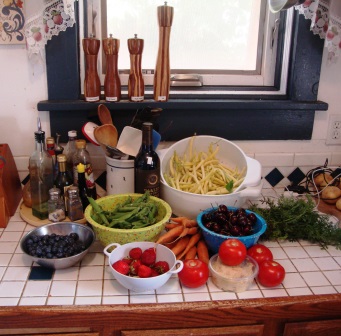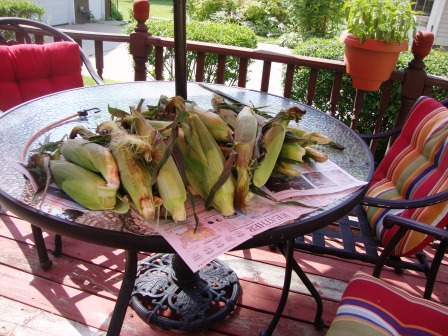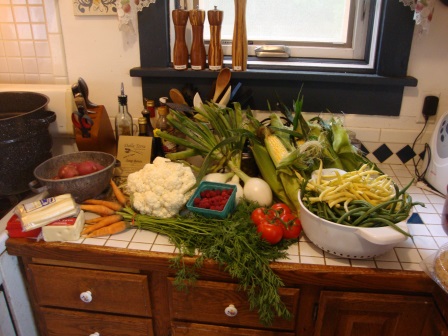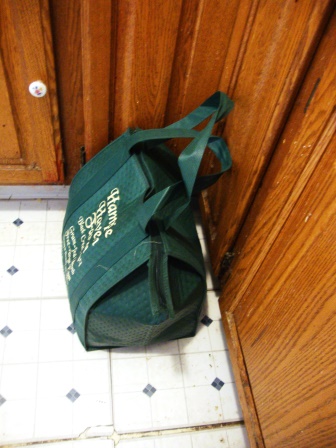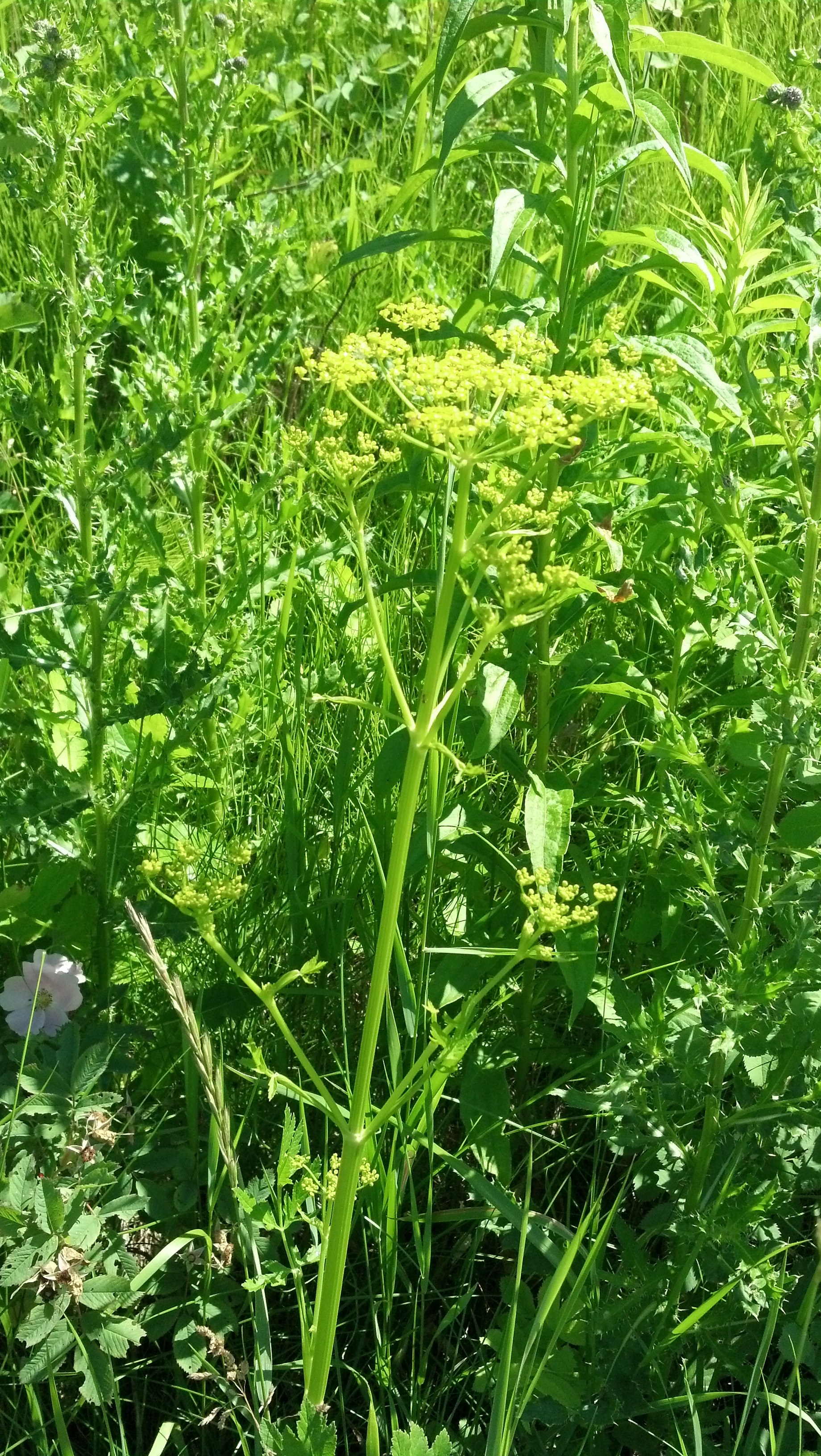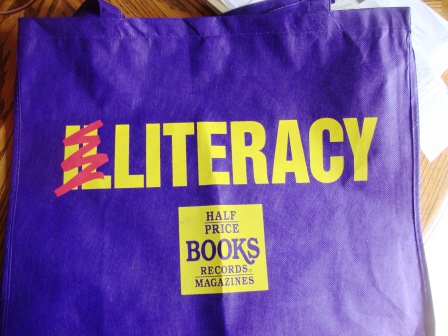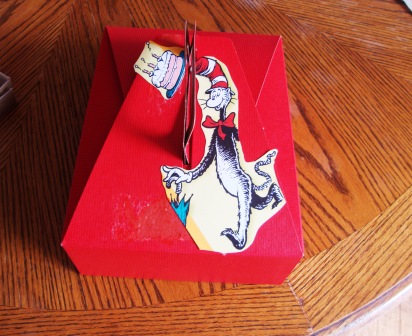I picked up Plenty: Eating locally on the 100 mile diet because it was mentioned in Low Impact Man. Plenty reminded me of Barbara Kingsolver’s Animal, Vegetable, Miracle in the theme of the 100-mile diet, but the setting was quite different. Alisa Smith and J.B. Mackinnon wrote Plenty Vancouver. Kingsolver lived and wrote in Appalachia.
I started to draw a comparison to my own location and climate, but Vancouver isn’t like Wisconsin. Vancouver is a temperate rainforest – lots of rain, only a little snow. Here in my locale, we have four clear seasons – or two, if you’re of the crowd that claims Winter and Road Construction.
But back to the story. I laughed out loud reading Plenty because of a parallel to my own life, blog, and locavore ambitions. Alisa and James had bought a large quantity of sweet corn – Wisconsinites also call it corn on the cob for the typical method of serving and eating this favorite. I, too, have been buying a huge bag of corn at its peak every August. Last year I had a hard time finding the time to prep it for freezing, and the final product just wasn’t as tasty as it could have been. Alisa described a phone call to her mother asking advice on prepping corn. She found out… well, I’ll let her tell you.
“The sugar in corn starts to break down into starch within a few hours of being picked,” she said. “It doesn’t taste as good, and it loses nutritional value.” She was too polite to say the obvious – use it or lose it. She just started describing the process of blanching and freezing niblets. —Plenty; October.
I’d been thinking about corn and considering different ways of attacking this issue. The corn is inexpensive in August (Wisconsin’s corn ripens in late summer), so buying several dozen is a good investment. But here’s the dilemma: do I really have time to husk, blanch, and cut the kernels off the cob within hours of purchase? If I’m honest with myself (and I’m getting better about that), I have to say no. My solution, at least for the current summer, is this: I’ll buy a little extra from the market each week rather than five dozen ears all at once. It’ll cost me a few pence more, but I will be much more likely to get the corn prepped and in the freezer within a reasonable time frame. I handle peas and beans that way; why not corn?
The second laugh out loud moment came during the same corn chapter. It was 10:00 at night when Alisa realized they needed to prep the corn ASAP. Motivated (or mellowed) by a bottle of wine, they went at it. More than an hour into the task, Alisa remarked, “I feel like part of some apocalyptic cult.”
I blog about life, my life, and that includes a lot of gardening, canning, and otherwise preserving summer’s fresh bounty for the long winter months. Every now and then, I get comments or emails from so-called Doomsday Prepper groups. These are people who share my fascination with self-sufficiency, but for different reasons. Many Prepper groups expect the world as we know it to end soon and without warning. Their fears range from the massive changes due to global warming to a complete collapse of our government.
I’m not a doomsday type of person, but I do like to stock up with my own home made goodies now, while I have the chance. This stock-up process gives us good quality jams and pickles and more goodies in the pantry and locally grown vegetables in the freezer. We don’t do it to prepare for some mythical End of the World, but it does ease our winter grocery budget and bring a taste of summer to the table when there is snow on the ground.
Conclusion? I liked the book Plenty. I also enjoyed Low Impact Man and Animal, Vegetable, Miracle. One other item all three had in common: the authors were already professional writers when they took on their experiments and chronicled the experiences. Maybe that’s why they were fun to read – and maybe that’s why I’m having trouble finding the time to finish my own manuscript. Ah, that’s another post. I’d better get back to shelling peas for tonight’s supper.

